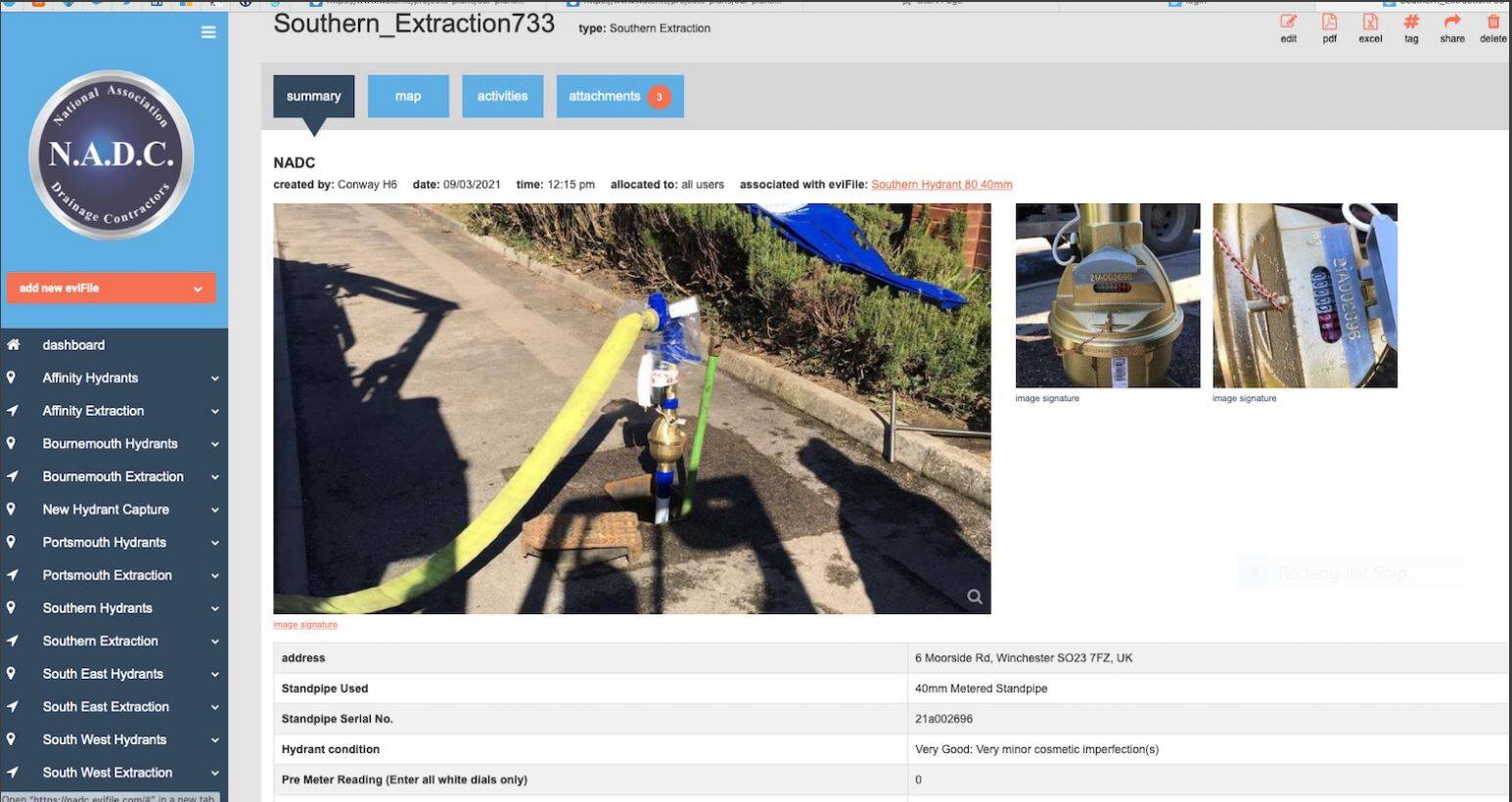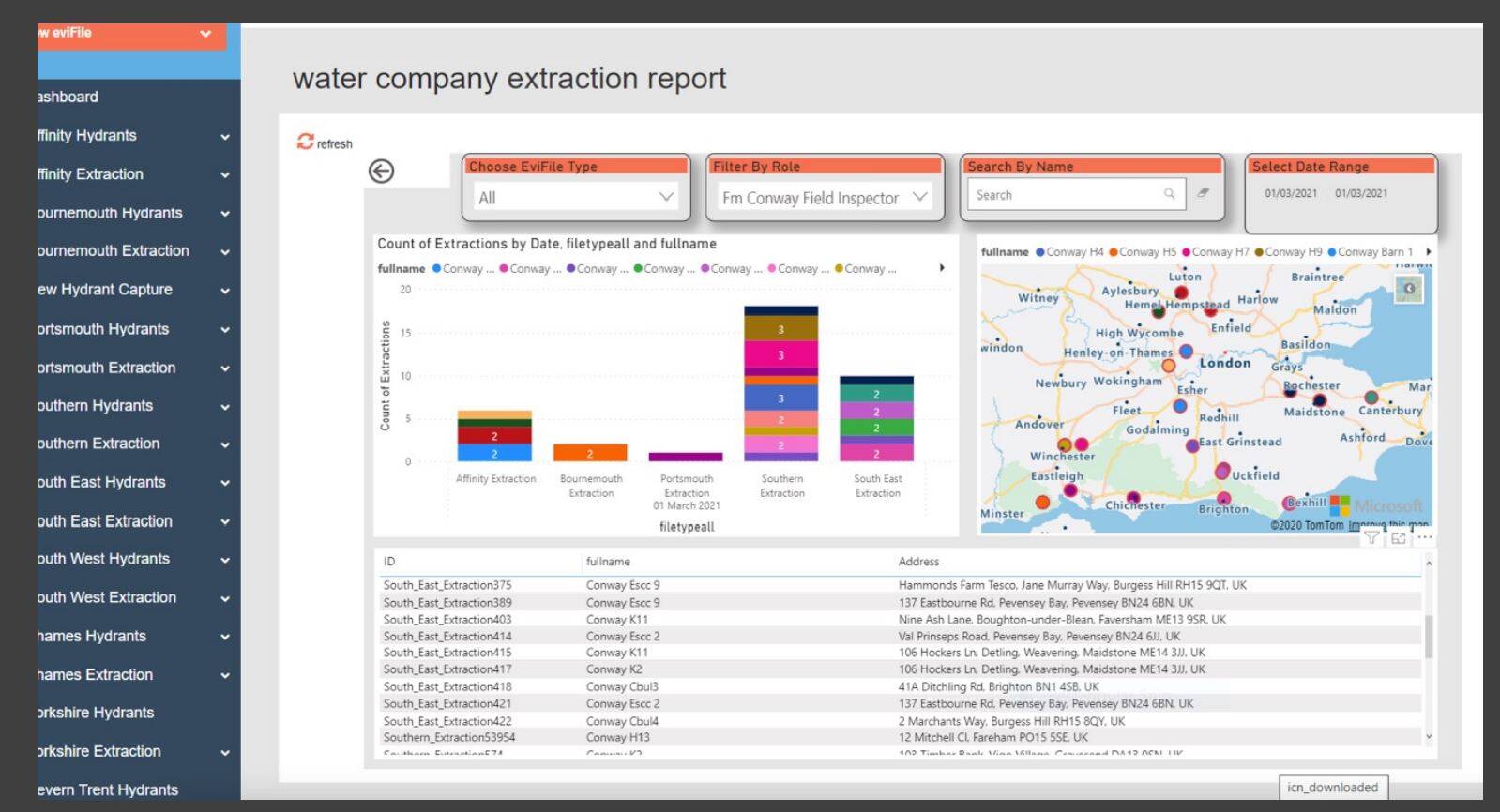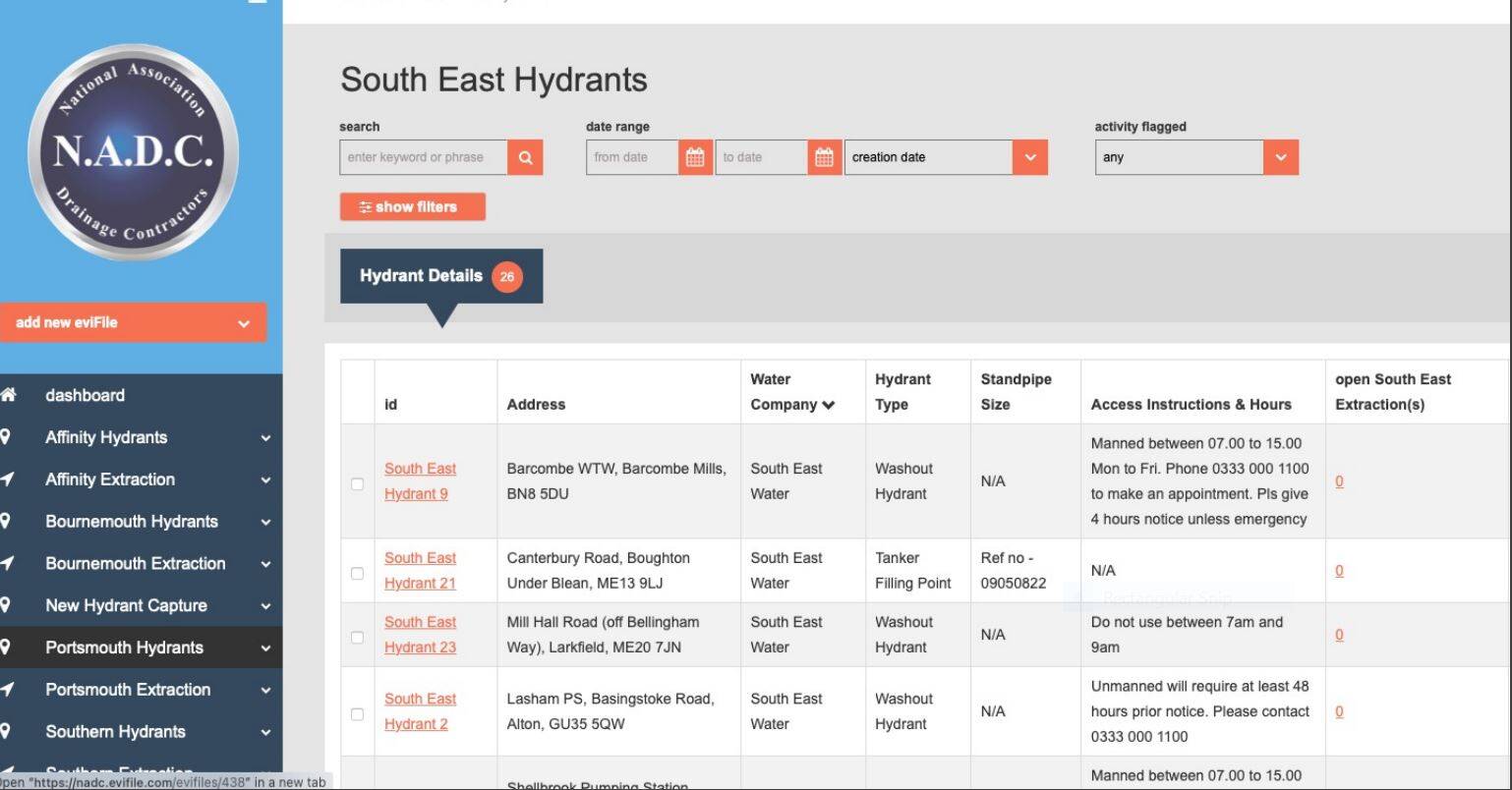You’ve reached your limit!
To continue enjoying Utility Week Innovate, brought to you in association with Utility Week Live or gain unlimited Utility Week site access choose the option that applies to you below:
Register to access Utility Week Innovate
- Get the latest insight on frontline business challenges
- Receive specialist sector newsletters to keep you informed
- Access our Utility Week Innovate content for free
- Join us in bringing collaborative innovation to life at Utility Week Live
Contractors often need to connect to water company hydrants as part of essential operations, including sewer and drain cleaning, gulley emptying and street sweeping. A new app helps water companies and contractors maintain accurate records of hydrant use, protecting contractors from expensive errors and offering water companies valuable data.
Contractors wishing to extract water from the water supply network via a hydrant must use a water company-approved standpipe and pay the relevant fee. However, because of different hire arrangements for temporary standpipes, and the complexity of water company boundaries, it can be confusing for contractors operating across multiple water company regions.
Operators can inadvertently use an approved and metered water company standpipe in the wrong water company area, or attach it in the wrong part of a network. This is considered theft of water and contractors can, and have been, prosecuted with a fine of up to £1,000 for each infringement, as well as incurring reputational damage.
The National Association of Drainage Contractors (NADC), a trade association representing drainage contactors, began working with eviFile, an online software platform designed to support field data collection, to develop an innovative, easy to use app for operators that would address these issues. The Hydrant App would not only ensure they used the correct hydrant, as authorised by the local water company, but also captured relevant site-based data, including the volume of water used, the condition of the standpipe and hydrant, and date- and time-stamped photographic evidence.

Uploading data to the portal
The Hydrant App would also rely on gathering data from the water companies, such as the location of authorised hydrants and any restricted use times. Because of this, NADC decided that all the data captured, such as asset condition and any faults – for instance a broken cover or leaking hydrant – would be available to the water companies as well as NADC members through the Hydrant App portal.
The app was piloted in late 2020 and early 2021 in the Southern Water area, by teams from contractor FM Conway. This was soon followed with the addition of data on available and authorised hydrants from other companies including South West Water (Bournemouth), Portsmouth Water, Affinity Water and South East Water.
The contract manager for the standpipe hire service at Southern Water, Mark Saywell, believes that the app “is going to be a great benefit for us and any NADC members”, noting that wider use of the app should drive more consistent compliance by contractors.
The Hydrant App is now being rolled out to other NADC members and NADC is engaging with other water companies, to share details and invite them to add their data on authorised hydrants to the portal.
NADC has also been in discussion with Aquam Water Services, a company that manages the standpipe hire arrangements for 15 water companies. Aquam see how the app can support and provide confirmation for their own remote meter readings, as well as identifying any malfunctioning standpipe meters to users and water companies.
Water companies’ benefit from data stream
Whilst NADC developed the app primarily for its members, there are also multiple benefits for water companies. They gain full online visibility of every activity by licensed contractors using the app on every hydrant on their network and in real time through a designated portal.

They are then able to identify where and how any damage had been caused to hydrants and by whom. They are also be able to monitor the performance of licensed contractors and identify any poor performers who benefit from refresher training.
Associated benefits of this assurance scheme include reducing the illegal use of hydrants, and incidences of damage, thanks to the photographic record of pre and post use.
The accurate data trail it creates can also reduce the incidence of network impacts, such as pressure loss, discoloured water, aerated water and customer complaints – with consequent benefits in meeting Ofwat’s PR19 Performance Commitments.
The app can also help to provide evidence to the Drinking Water Inspectorate of a proactive management approach to regulating third party network access to maintain drinking water quality.
The capture of metered consumption through by water company region, and the online record of water abstracted from hydrants by specific location, should also improve water companies’ DMA leakage analysis. Its record of network asset condition and the identification of any urgent repairs, such as broken or missing covers, is provided to water companies free of charge.
During periods of drought or emergencies, water companies can remove the availability of specific hydrants by a simple update, and they can also issue live instruction on the availability or restrictions of a hydrant, for instance if there is sudden low pressure due to a local incident.
The app clearly differentiates hydrant ownership by water company, thereby avoiding the inadvertent theft of water that can arise if a contractor attaches one company’s standpipe on another company’s hydrant. The app also allows water companies to maximise resources and focus their efforts to ‘police’ the system on contractors not using the Hydrant App.
From pilot to take-off
For the contactor and their operators undertaking the pilot exercise, the use of the Hydrant App is now ‘Business As Usual’, and over 3000 extractions using the app have now been carried out across the South. This has resulted in a clear behaviour change in the approach of operators, with many saying how helpful they have found the app in their day to day operations. It has also eliminated the use of paper-based records for monthly reconciling of water extracted.
For drainage contractors, the costs of using the app are modest, with a target license fee of around £10 per month, although this depends on take up. This compares with the potential fine for illegal use of £1000 per infringement, although many successful prosecutions by water companies reach £4000 or greater. There are also indirect cost and carbon savings from reduced travel to hydrants and more proactive management of field operations. For water companies, however, using the app and the portal is free of charge.

Looking forward, once hydrant data is available across England and Wales, NADC expects to be able to offer the app to other hydrant users and contractor outside of the drainage sector. NADC will continue to work with water companies and Aquam to understand how the app could provide them better insight on hydrant use in their regions and more consistent compliance from contractors.




Please login or Register to leave a comment.